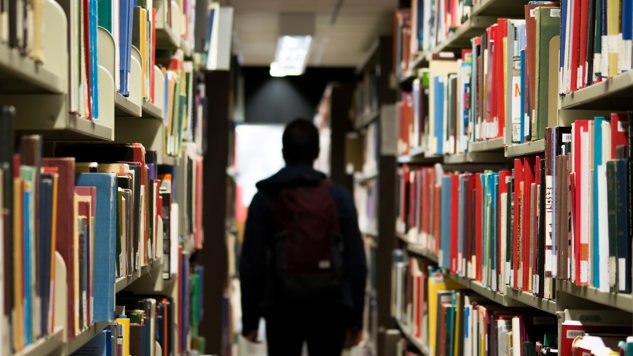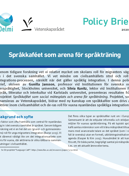The relatively high immigration of young people of upper secondary school age has raised questions about migrant students' learning in the upper secondary school's language introduction program and their opportunities to successfully continue their studies in the national programs. This Policy Brief presents results from the Swedish Research Council founded project Newly arrived students in upper secondary school, an interdisciplinary study on language development, subject language and social inclusion. The project is led by Päivi Juvonen, professor of Swedish as a second language at the Department of Swedish, Linnaeus University. Her research is about multilingualism and Swedish as a second language from the perspective of the individual and society, especially the school.
Some overall conclusions and recommendations
- The opportunity to study more than one mother tongue, extended mother tongue teaching, study guidance in the mother tongue and training and competence provision of mother tongue language teachers increase students' opportunities to successfully complete their studies, find work and integrate.
- The ongoing efforts to train teachers in content and language integrated learning have not fully reached upper secondary school. Efforts in the form of courses in content and language integrated teaching methods should therefore be directed at all teachers who teach at upper secondary school level.
- The physical separation of the language introduction program and the national high school programs can lead to exclusion rather than inclusion. The contact areas between the programs should therefore be strengthened through physical integration of the environments as well as through expanded activities where students from different programs can meet
Policy Brief 2020:9 is only available in Swedish.
Picture by Redd from Unsplash.

